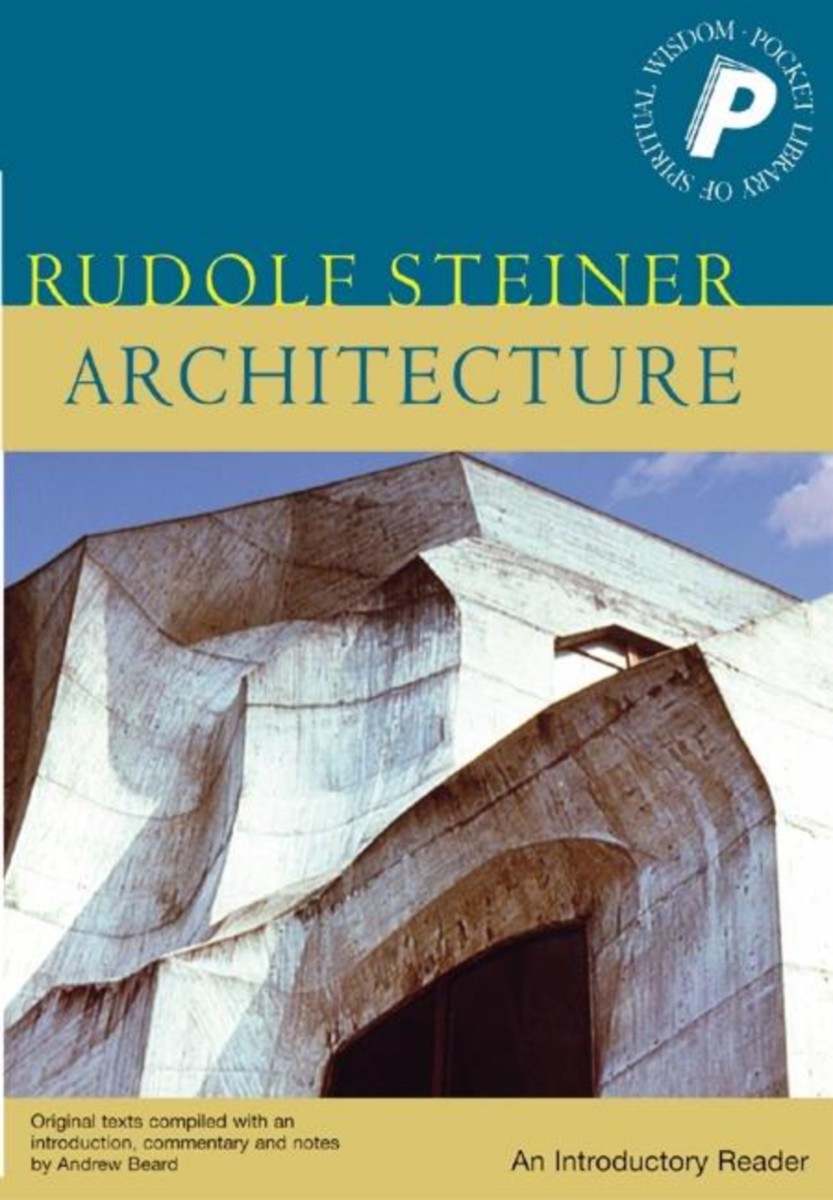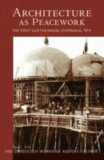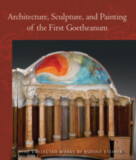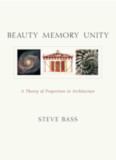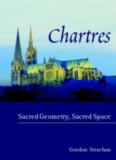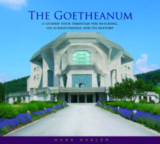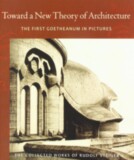- Publisher
Rudolf Steiner Press - Published
24th March 2004 - ISBN 9781855841239
- Language English
- Pages 288 pp.
- Size 5" x 6.75"
Rudolf Steiner, the often undervalued, multifaceted genius of modern times, contributed much to the regeneration of culture. In addition to his philosophical teachings, he provided ideas for the development of many practical activities including education—both general and special—agriculture, medicine, economics, architecture, science, religion, and the arts. Today there are thousands of schools, clinics, farms, and many other organizations based on his ideas.
Steiner's original contribution to human knowledge was based on his ability to conduct spiritual research, the investigation of metaphysical dimensions of existence. With his scientific and philosophical training, he brought a new systematic discipline to the field, allowing for conscious methods and comprehensive results. A natural seer from childhood, he cultivated his spiritual vision to a high degree, enabling him to speak with authority on previously veiled mysteries of life.
Part One begins with Steiner’s understanding of the Nature and origins of architecture. From there it moves to a discussion of how architectural forms affect and influence the human being and how this influence has accompanied humankind’s cultural development. Following chapters deal with Steiner’s view of the spiritual dimension of architecture and its purpose for today. He also discusses his own two major architectural works, the first and second Goetheanum buildings.
Part Two is based on the “Temple Legend” of the Freemasons and the human being as a temple for the human “I.” According to this legend, the future of humanity depends on the rediscovery and restoration of the lost “temple” of the human body and the Earth itself.
This volume collects much of what Rudolf Steiner had to say about architecture and its significance for our human life and culture and humanity’s spiritual and earthly future.
C O N T E N T S:
Introduction by Andrew Beard
PART ONE
1. The Origins and Nature of Architecture
2. The Formative Influence of Architecture on the Human Being
3. The History of Architecture in the Light of Mankind’s Spiritual Evolution
4. A New Architecture as a Means of Uniting with Spiritual Forces
5. Art and Architecture as Manifestations of Spiritual Realities
6. Metamorphosis in Architecture
7. Aspects of a New Architecture
8. Rudolf Steiner on the First Goetheanum Building
9. The Second Goetheanum Building
10. The Architecture of a Community in Dornach
PART TWO:
The Temple Legend: Underlying Esoteric Aspects of Steiner’s Vision
11. The Temple Is the Human Being
12. The Restoration of the Lost Temple
Notes
Sources
Bibliography
Further Reading
Illustration Credits
Note Regarding Rudolf Steiner’s Lectures
Rudolf Steiner
Rudolf Steiner (b. Rudolf Joseph Lorenz Steiner, 1861–1925) was born in the small village of Kraljevec, Austro-Hungarian Empire (now in Croatia), where he grew up. As a young man, he lived in Weimar and Berlin, where he became a well-published scientific, literary, and philosophical scholar, known especially for his work with Goethe’s scientific writings. Steiner termed his spiritual philosophy anthroposophy, meaning “wisdom of the human being.” As an exceptionally developed seer, he based his work on direct knowledge and perception of spiritual dimensions. He initiated a modern, universal “spiritual science” that is accessible to anyone willing to exercise clear and unbiased thinking. From his spiritual investigations, Steiner provided suggestions for the renewal of numerous activities, including education (general and for special needs), agriculture, medicine, economics, architecture, science, philosophy, Christianity, and the arts. There are currently thousands of schools, clinics, farms, and initiatives in other fields that involve practical work based on the principles Steiner developed. His many published works feature his research into the spiritual nature of human beings, the evolution of the world and humanity, and methods for personal development. He wrote some thirty books and delivered more than six thousand lectures throughout much of Europe. In 1924, Steiner founded the General Anthroposophical Society, which today has branches around the world.


